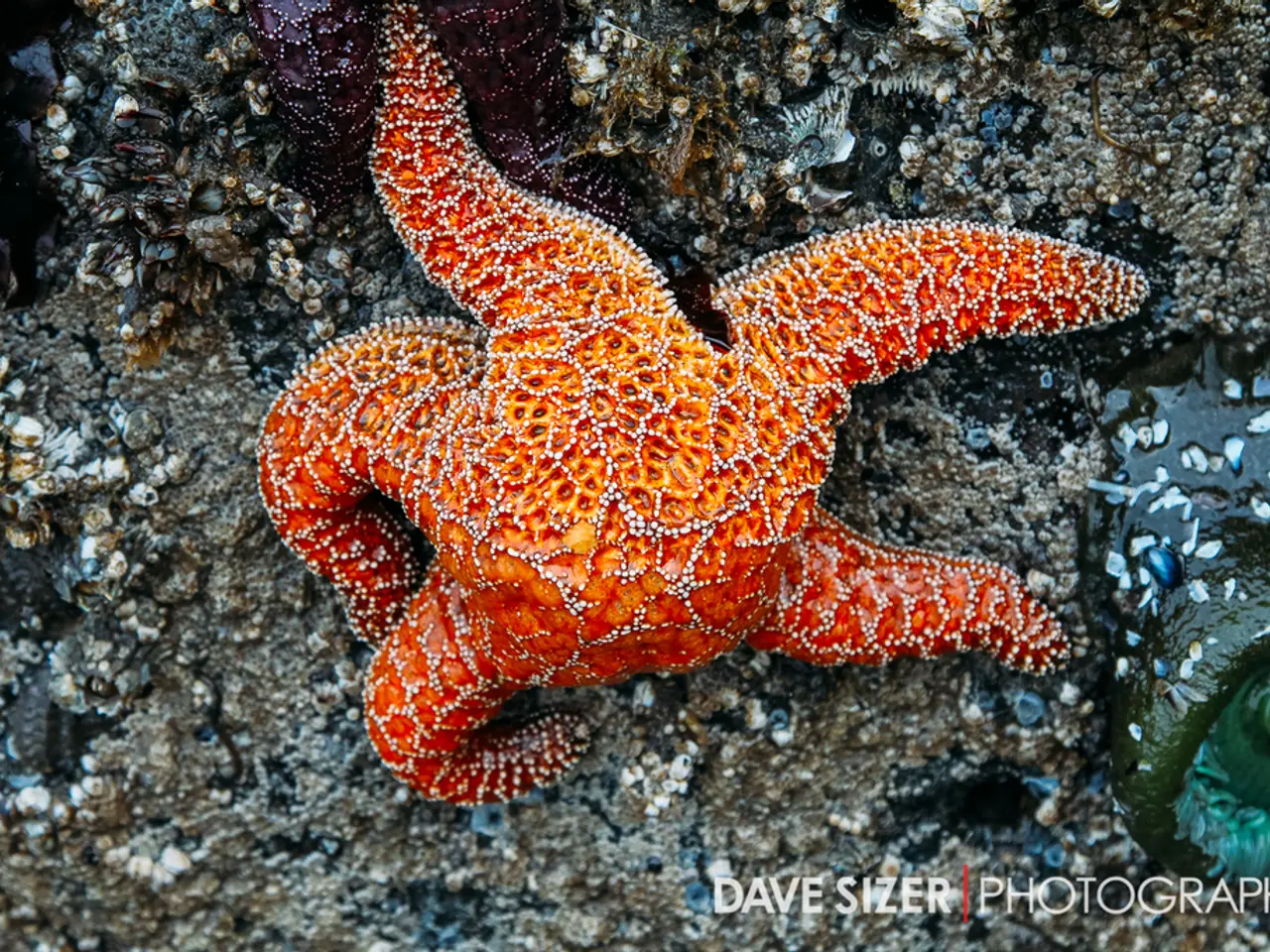Century-old mercury contamination leads to toxic ingestion among polar bear population
In a recent study, scientists have uncovered the long-lasting effects of human-induced mercury pollution in the Arctic. Despite a decrease in global mercury emissions since the 1970s, mercury concentrations in Arctic wildlife continue to rise, posing a significant threat to the ecosystem and local communities.
The source of this mercury pollution can be traced back to historical emissions from coal combustion, gold mining, and other industrial activities. Once released into the environment, mercury can travel via ocean currents, such as the Irminger Current, or through atmospheric transport, taking centuries to break down. This persistence in the environment means that the contamination observed today often originates from pollution emitted long ago.
Arctic top predators, including polar bears and toothed whales, have experienced a 20 to 30-fold increase in mercury levels compared to pre-industrial times. Mercury concentrations in polar bear tissues have doubled over the last 40 years. This accumulation through the food chain poses a serious risk to these animals, as mercury is a potent neurotoxin that can damage the nervous system, sensory perception, reproduction, and immune function.
Indigenous communities relying on traditional hunting of marine mammals face increased health risks due to mercury's neurotoxicity. Warming permafrost in the Arctic also threatens to release additional mercury stored in frozen soils, exacerbating contamination and extending recovery times further.
Research using mercury isotope analysis has traced the sources and long-distance oceanic transport pathways, showing how mercury from regions such as China can take up to 150 years to reach Arctic ecosystems. This finding emphasises the need for sustained global mercury emission controls and monitoring of Arctic ecosystems to mitigate these long-lasting impacts.
The study analysed over 700 samples collected across Greenland over the past 40 years. Professor Rune Dietz, one of the study's co-authors, stated that the transport of mercury from major sources like China to Greenland via ocean currents can take up to 150 years. The team plans to continue investigating mercury's impact on the Arctic ecosystem, with Professor Dietz planning to model how long it takes mercury to travel from major emitters like China to different Arctic regions.
The UN Minamata Convention, a global agreement aimed at reducing mercury pollution, is affected by the study's findings. Cutting emissions remains essential to reduce mercury pollution, but the study suggests that long-term recovery may be slow, with mercury levels projected to remain elevated in the Arctic for hundreds of years due to the ocean’s role in storing and transporting mercury contamination.
In summary, the long-term effects of human mercury pollution in the Arctic are profound and enduring. The ecosystem and communities impacted face mercury contamination that is sustained by oceanic processes and legacy pollution from centuries ago. Recovery will not be immediate even if emissions cease, with mercury levels projected to remain elevated in the Arctic for hundreds of years due to the ocean’s role in storing and transporting mercury contamination.
- The persistence of mercury in the environment, resulting from historical emissions such as coal combustion and gold mining, poses a significant threat to the health and wellness of both Arctic wildlife and local communities due to its neurotoxic effects.
- The study's findings underscore the importance of understanding the earth's ecology and climate change in the context of mercury pollution, particularly the role of ocean currents in transporting this contamination over long distances.
- Research in environmental science and medical-conditions is crucial to uncovering the long-lasting effects of mercury pollution on the Arctic ecosystem, and to devising strategies for its mitigation and recovery.
- The UN Minamata Convention, a global agreement focused on reducing mercury pollution, needs to take into account the study's findings, emphasizing the need for sustained global mercury emission controls.
- The evolution of mercury contamination in the Arctic is complex, with contamination from past industrial activities still having an impact today, stored in frozen soils and traveling via ocean currents like the Irminger Current.
- The levels of mercury in Arctic top predators, such as polar bears and toothed whales, have been rising significantly over the past few decades, posing a threat to their health and reproduction.
- The study's findings highlight the need for interdisciplinary research, involving many fields, including environmental-science, health, and science, to better understand the implications of mercury contamination on the Arctic ecosystem and the communities dependent on it.




